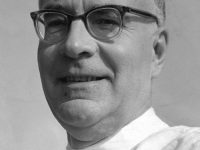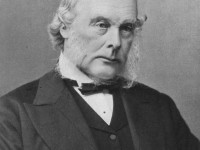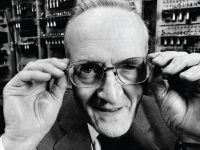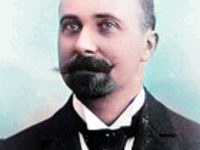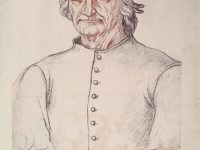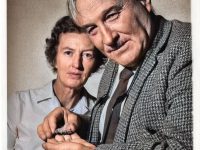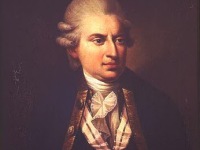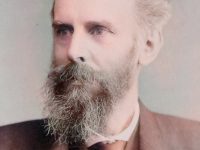Felix Wankel and the Rotary Engine
On August 13, 1902, German mechanical engineer and inventor Felix Wankel was born. He is best known for his invention of the first rotary internal combustion engine. Instead of moving pistons, the Wankel engine uses an orbiting rotor shaped as a curved equilateral triangle. Thus it needs few moving parts, is lightweight and compact. Felix Wankel – Becoming an Engineer Felix Wankel was born in Baden, the upper Rhine Valley and was educated…
Read more











